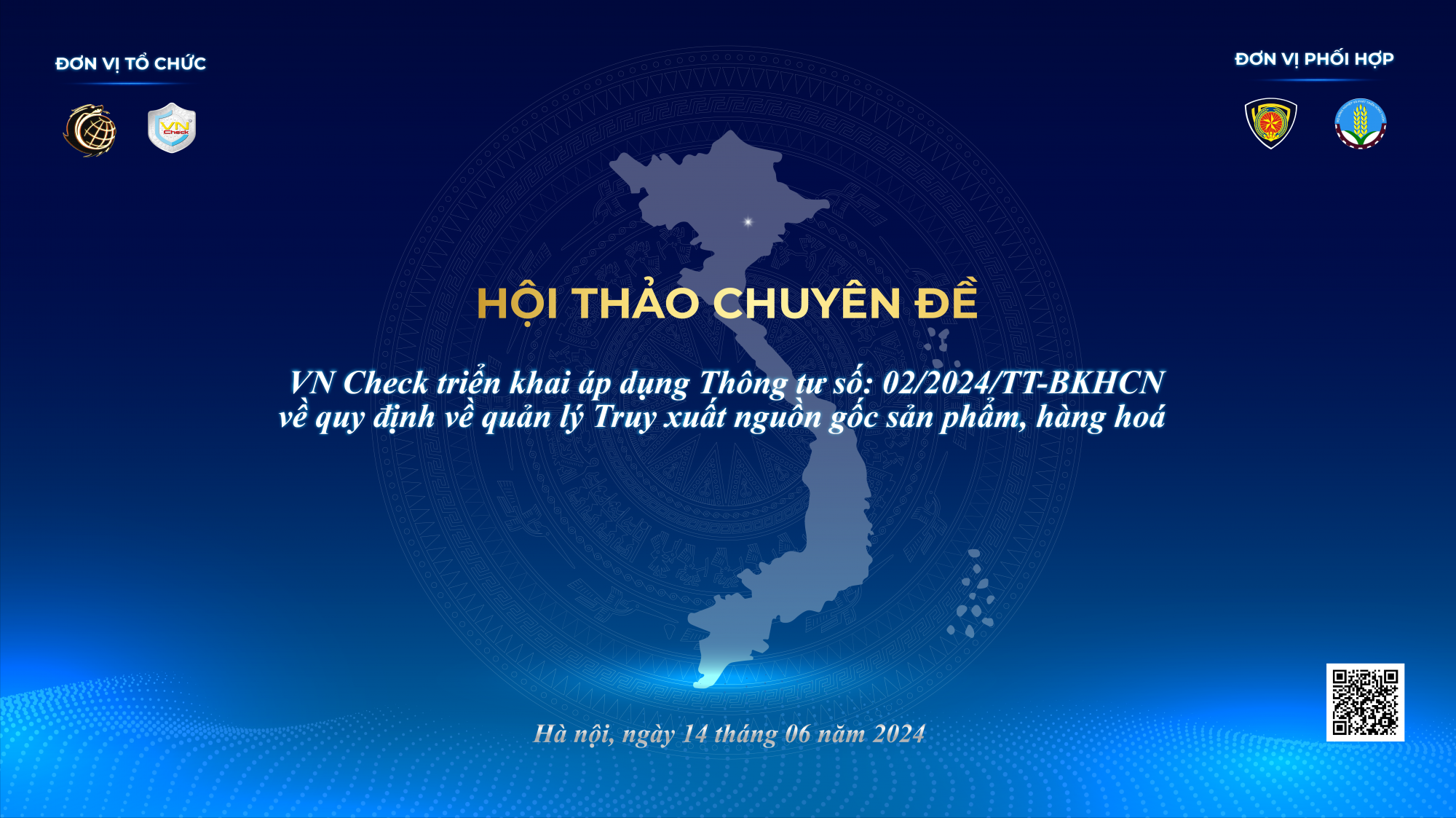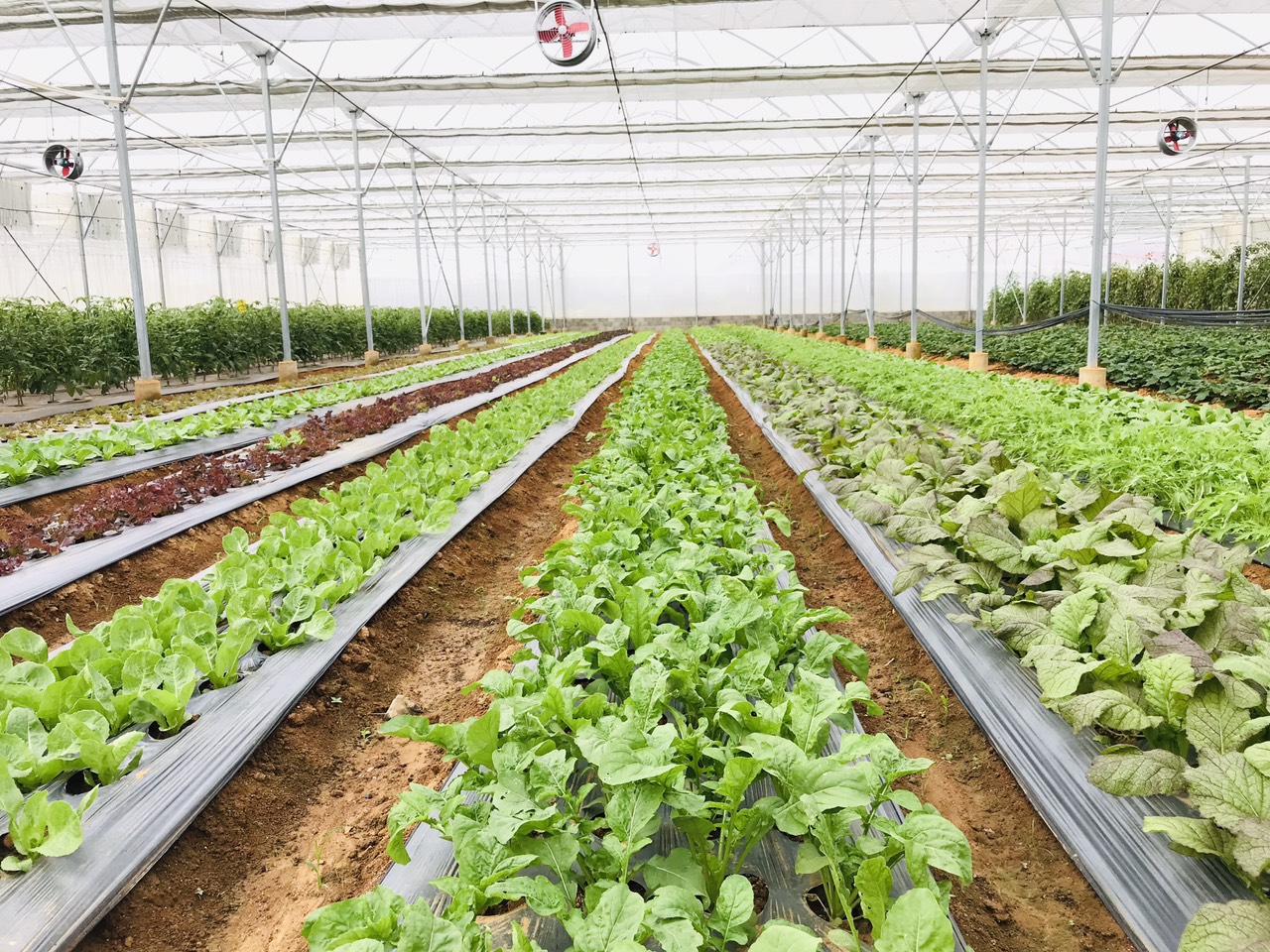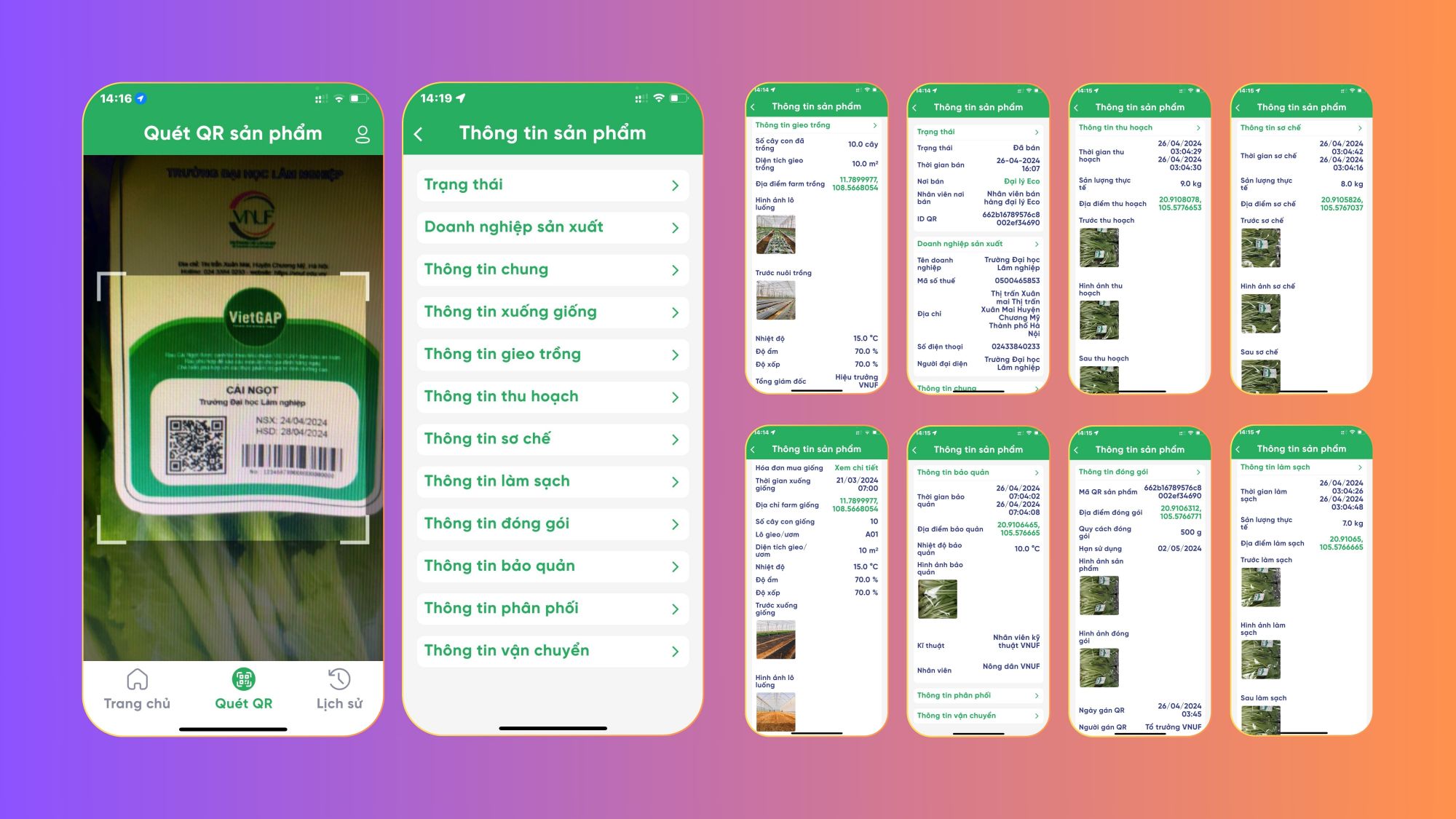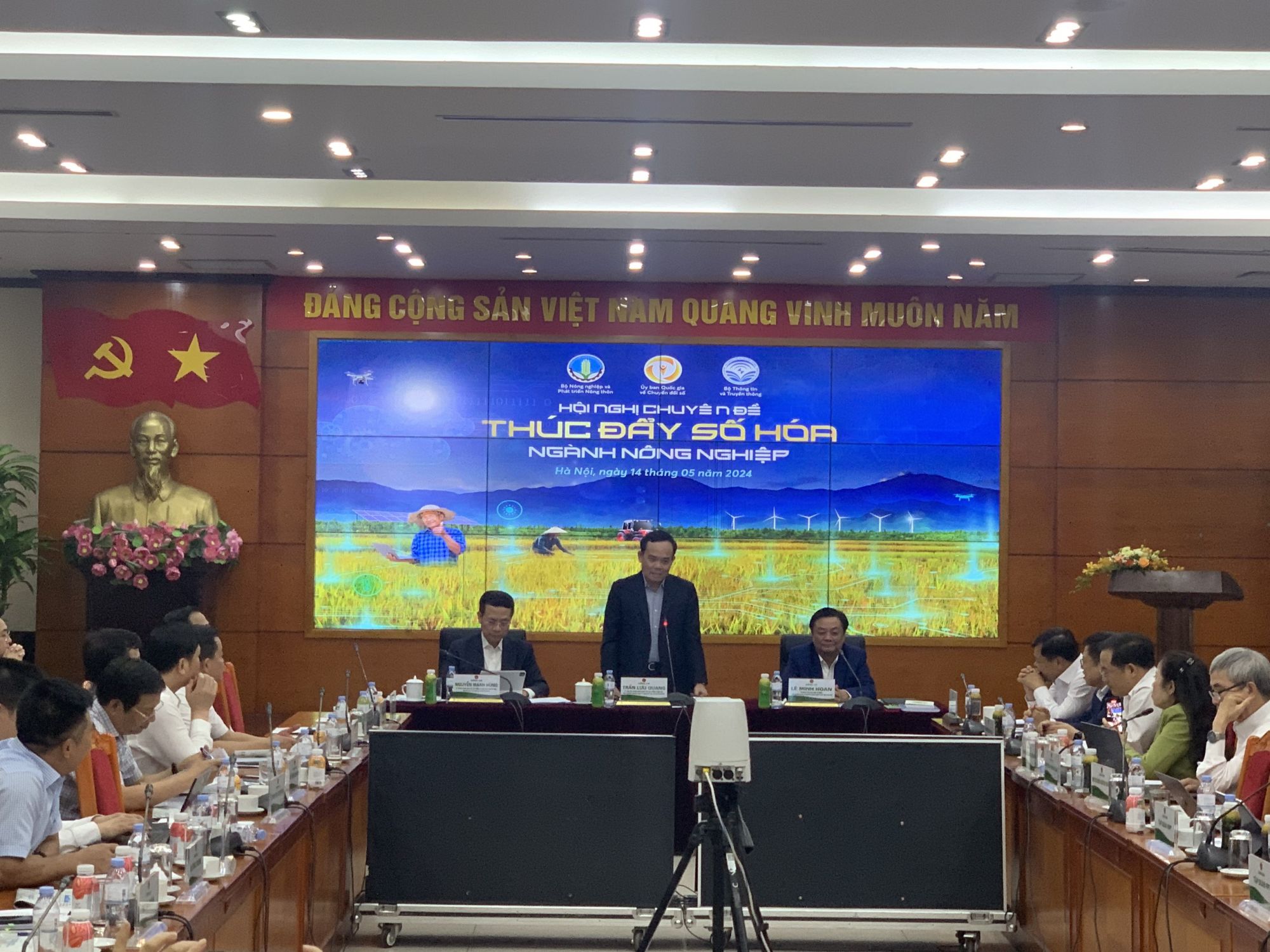Origin Traceability: The Current Situation in Vietnam and Worldwide
Origin traceability is the ability to access information by recording events and processes, retrieving data sources, verifying history, location, and other critical information.
WHAT IS ORIGIN TRACEABILITY?
Origin traceability is the ability to access information by recording events and processes, retrieving data sources, verifying history, location, and other critical information.
The origin traceability process helps clarify information about manufacturing companies, suppliers, and distributors. Every step, from raw material acquisition, processing, assembly, distribution to transportation, and sales, is monitored and recorded. This ensures that the history of each step in the production process can be traced and verified.
Origin traceability is widely applied in various fields, including measurement, supply chain, software development, manufacturing of goods, food, healthcare, and security. From identifying the source of a product to checking its safety and quality, origin traceability plays a crucial role in ensuring reliability and safety for consumers.
According to the regulations of EC 178/2002, origin traceability is defined as the ability to trace the origin of a type of food, animal feed, food-producing animal, or a compound intended to be added to food or animal feed through the production, processing, and distribution stages.
Many advanced countries around the world have implemented product origin traceability as a mandatory requirement to ensure that consumers can identify the quality of products and the reliability of manufacturing facilities. These countries include the European Union, the United States, the United Kingdom, Ireland, Canada, India, and Thailand. This demonstrates the development and sensitivity of nations in managing and ensuring product quality for consumers.
CONCEPT OF PRODUCT ORIGIN TRACEABILITY
Product origin traceability is an optimal and practical method to protect the rights of businesses and consumers. To implement product origin traceability into current products, businesses and individuals need to have knowledge and follow the regulations below.
Product origin traceability allows consumers to have clear information about the source, origin, and production process of a product. This plays an extremely important role in product quality management. The product origin traceability system becomes an essential tool for verifying and ensuring reliability in the production and consumption processes.
As a consumer, I want to know details about the production process such as where the product is grown, processed, and the standard licenses applied. I also care about whether the food safety standards are met.
With product origin traceability, businesses will convey a clear and transparent message about product quality to consumers.
WHY IS ORIGIN TRACEABILITY NECESSARY?
In developed countries, origin traceability of products plays a crucial, and in some cases, mandatory role, especially for products related to human nutrition and health. However, in Vietnam, this issue has not received significant attention from consumers, as they are relatively relaxed in their buying habits, and there is a lack of strict regulatory oversight.
For businesses, product information traceability helps build trust with customers. It can even quantify customer demand, creating a new standard that if a product does not have clear traceability, customers will be reluctant to buy or show less interest. This clearly benefits reputable businesses and instills confidence in consumers. For consumers, product origin traceability is an excellent solution to efficiently check product quality, ensuring quick and safe purchases.
For regulatory agencies, having a product origin traceability system makes it easier to inspect and handle substandard products, as well as to track batches and determine responsibility in case of incidents. This enhances transparency and accountability for businesses, benefiting both consumers and society as a whole.
.jpg)
THE RELATIONSHIP BETWEEN ORIGIN TRACEABILITY AND SUPPLY CHAIN MANAGEMENT
The supply chain is not just a system of organizations, people, activities, information, and resources involved in moving products or services from suppliers or manufacturers to end consumers. It also encompasses all the necessary activities to transform natural resources, raw materials, and component compounds into a finished product delivered to the end customer.
Moreover, origin traceability within the supply chain is not just about monitoring and recording activities within the supply chain. It is also crucial in ensuring that information about these activities is transparent throughout the supply process. Origin traceability allows organizations within the supply chain to understand the components and origins of a product, from which supplier, through which processes, and ultimately what the product's quality is. This may include tracking the manufacturing, transportation, and storage processes from the production facility to intermediaries and retailers.
Origin traceability also helps ensure the sustainability and safety of products. Organizations can use information about origin to monitor and control environmental impacts, customer trust, and compliance with food safety regulations. This enables them to implement regulatory measures and improve their production processes and supply chains. Origin traceability within the supply chain not only benefits organizations but also provides numerous advantages for customers. Customers can trust in the quality and safety of the products they consume and feel reassured by the transparency of information regarding the product's origin and production processes.
Origin traceability is not just an effective management tool within the supply chain but also a means to build trust, enhance sustainable management, and create a high-quality supply chain. Implementing origin traceability within the supply chain is a crucial step to ensure transparency and reliability in the modern industry.
FOOD ORIGIN TRACEABILITY IN VIETNAM
In modern society, food safety has become one of the crucial issues and has garnered significant attention from the community. Low-quality food products are becoming increasingly common in the market, making the implementation of an origin traceability system in the food sector necessary in today's context.
To enhance competitiveness, ensuring the quality of goods is essential. Businesses need to build trust with consumers by being transparent about the production and supply processes, from production to delivery to consumers. While many businesses have achieved standards like VietGAP, GlobalGAP, ASC, HACCP for producing clean food, these standards may not always be stringent enough for the level and quality of products.
Today, consumers require more detailed information about the production process and the origin of the products they buy. They need the ability to trace the origin at each stage in the production and supply chain to know the source of raw materials and whether the product supplier maintains strict control throughout the supply chain or not.
TRACEABILITY OF AGRICULTURAL PRODUCTS IN VIETNAM
Traceability of agricultural products is the process of identifying and recording detailed information about the origin, production process, and components of agricultural products. This is an important method to ensure the safety and reliability of agricultural products.
Research shows that many agricultural products are currently contaminated with chemicals and growth enhancers that can be harmful to consumers' health. Therefore, an origin traceability system is needed so that consumers can look up and verify the source of the products they are buying. This helps ensure that agricultural products are produced safely and comply with food safety regulations.
Traceability of agricultural products also benefits businesses in protecting their brand reputation. By providing transparency and reliability in the production process, businesses can earn consumers' trust and enhance confidence in their products.
Equally important, implementing traceability of agricultural products saves time and effort in import and export processes. Especially for strict international markets like the United States and Europe, compliance with stringent standards regarding the origin of agricultural products becomes essential. Thanks to an origin traceability system, the export of agricultural products and processed agricultural products becomes smoother, helping expand markets and enhance the competitiveness of businesses.
Gap, GlobalGap, and VietGAP standards are important standards for producing clean agricultural products. These are reliable global standards that focus on aspects such as food safety, environmental management, social impact, and the cultivation and care of crops.
To implement effective traceability of agricultural products, businesses need to provide comprehensive information about the product supply chain. From seed farms, cultivation farms, production facilities, processing, transportation to retail points and consumers, each step in the production process needs to be recorded and monitored meticulously. Additionally, the application of information technology and monitoring equipment is also essential for creating an efficient and reliable traceability system for agricultural products.
TRACEABILITY OF SEAFOOD ORIGIN IN VIETNAM
Traceability of seafood origin is an essential capability to monitor and identify a seafood product through each stage of the production process. This includes gathering information about the source, breeding, processing, and transportation of the product until it reaches the consumer.
In Vietnam's seafood industry, exports to Europe are a significant market, generating substantial revenue. However, this market demands strict food safety standards. Between 2016 and 2018, more than 300 shipments of Vietnamese seafood were warned about food safety violations and were returned. The main reason for this issue was that these shipments contained harmful substances exceeding permissible levels or banned for use in food.
Implementing traceability helps seafood farms and businesses understand the breeding, production, and distribution processes to ensure compliance with global food safety regulations. By applying QR codes to origin traceability labels and directly affixing them to products or packaging, consumers can scan the QR code to gather detailed information about the origin, production process, and quality of the product. This not only enhances transparency and trust but also ensures safety and quality for consumers.
In the current situation, the seafood industry needs to adopt various advanced technologies to ensure that seafood origin traceability is carried out efficiently and accurately.
TRACEABILITY PROCESS
The traceability process is a complex and highly critical procedure in the manufacturing and supply of goods industry. It ensures that every product consumed has a clear origin and complies with regulations on safety, quality, and sustainability.
This process begins when a product is produced or grown. At this point, crucial information about the origin, ingredients, production process, and specific date and location is recorded and attached to the product. This is done using technologies such as barcodes, QR codes, or database management systems.
During transportation from the manufacturer to the final retail point, information about the origin still needs to be monitored and recorded. This ensures the transparency and traceability of the product throughout the supply chain.
When it reaches consumers, information about the origin should be easily accessible and displayed prominently. This can be achieved through products with clear labels, documentation proving the origin, or using digital applications to retrieve information from barcodes or QR codes.
The traceability process not only ensures the integrity of the product but also can detect and prevent the use of counterfeit, imitation, or low-quality goods. Moreover, it helps build trust and enhance the competitiveness of businesses, especially in the food and pharmaceutical sectors.
It's essential to remember that implementing the traceability process requires close collaboration between stakeholders, including manufacturers, transporters, retailers, and consumers. A focus on raising consumer awareness of their rights and interests is also crucial in this process.
In conclusion, the traceability process is a crucial aspect of ensuring transparency, quality, and safety of the products we consume daily. The accurate and diligent implementation of this process brings significant benefits to businesses and society as a whole.
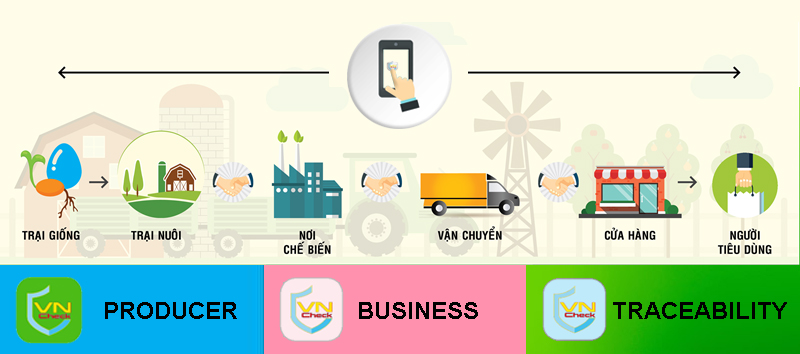
APPLIED TECHNOLOGIES IN TRACEABILITY OF ORIGIN
Technology is increasingly being applied to improve the process of tracing the origin of goods, meeting consumer demands for transparency about the source, production process, and labor conditions of the products they encounter. The application of these technologies not only enhances transparency and trust in the supply chain but also contributes to promoting environmental protection activities and safeguarding the rights of laborers.
One of the essential technologies in origin traceability is blockchain technology. Initially known for its use in cryptocurrencies like Bitcoin, blockchain is now widely applied in supply chain management. By creating a decentralized ledger system, blockchain allows relevant parties in a supply chain to simultaneously access, verify, and store information about the origin and itinerary of goods. This ensures the integrity and authenticity of data throughout the journey from source to end consumers.
Additionally, the Internet of Things (IoT) technology also plays a significant role in product origin traceability. IoT enables smart devices and sensors to communicate with each other and with the internet, creating a connected network between elements in the supply chain. Consequently, information about the source, production process, and storage conditions of products can be collected and shared in real-time. This enables consumers to access detailed information about products, from their origin to the point of sale.
Furthermore, Artificial Intelligence (AI) technology is also being applied to enhance the traceability of goods' origin. AI can process and analyze large volumes of data related to the production process, transportation, and other relevant information to build intelligent reporting and recommendations systems. For instance, AI can analyze data on temperature, humidity, or pollution levels during the transportation of goods, thereby providing assessments of product quality and safety. This helps enhance control and compliance with quality standards in the supply chain.
The technologies applied to trace product origins not only benefit consumers but also play a crucial role in building a sustainable platform in the industry. Transparency and trust in the traceability of goods' origin not only safeguard consumers' rights but also promote the development of local and global economic sectors.
INTRODUCTION TO VN CHECK ORIGIN TRACEABILITY LABEL
The origin traceability label issued by VN Check is a unique QR code running on the VN Check platform—a groundbreaking application for monitoring and certifying product origins. With the goal of maximizing transparency in the supply chain, VN Check provides an excellent tool for consumers to check and verify information about the origin, quality, and sustainability of a product.
VN Check operates by generating a random, unique QR code that is encoded alongside the product using blockchain technology. By scanning the QR code on this label, consumers can access the VN Check system to retrieve detailed information about the production process, transportation steps, and brand promotion associated with the product.
However, VN Check is not just a technology for information retrieval; it is also a powerful collaborative system involving various stakeholders such as scientists, inventors, and government agencies. Manufacturing companies, suppliers, and independent inspection entities all play crucial roles in providing accurate and reliable information to VN Check. This ensures the effectiveness of the origin traceability label and fosters absolute trust from consumers.
One of the notable advantages of VN Check is its commitment to sustainability and sustainable development within the product supply chain. This origin traceability label helps identify the true origin of goods, control and trace the components of raw materials, and standardize information related to quality standards, environmental alerts during the production process. Consequently, consumers can choose products that adhere to quality standards and transparent production processes, contributing to responsible social development and environmental protection.
In the future, VN Check will become a crucial tool in ensuring the safety and quality of products. It can quickly issue warnings about food safety issues or violations of environmental regulations, preventing the marketing and consumption of substandard products. VN Check can also contribute to enhancing the brand value and competitiveness of businesses by asserting their quality and social responsibility.
Given the significance of origin traceability and supply chain management, VN Check is a noteworthy technology in promoting transparency and trust in the agricultural, food, and pharmaceutical markets. The synergy between technology and participating partners ensures the integrity and reliability of the system, while also providing favorable conditions and trust for consumers when making purchases.
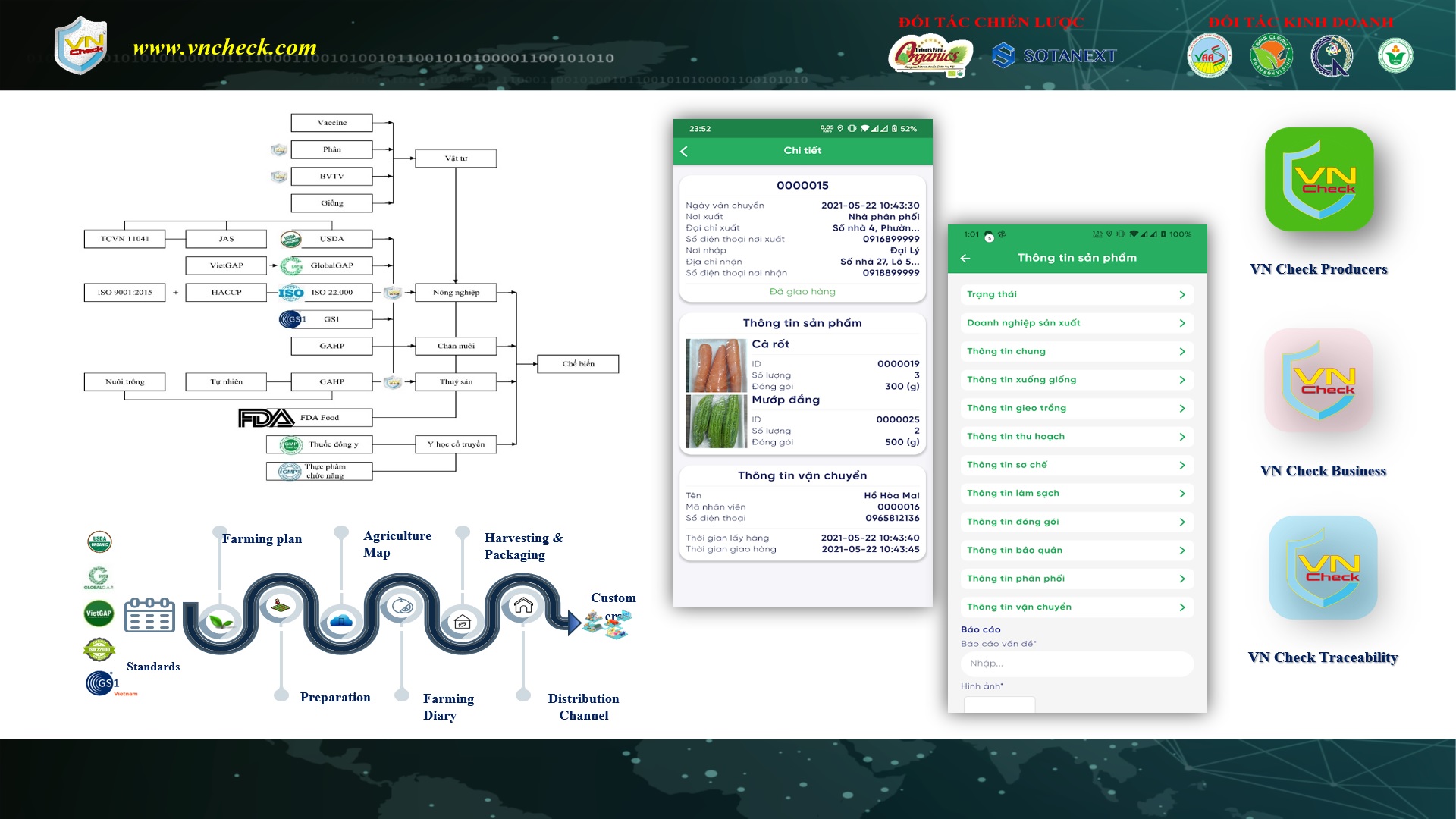
INTERNATIONAL AND VIETNAM'S REGULATIONS ON ORIGIN TRACEABILITY
During the course of development, the government has actively been constructing new mechanisms to support businesses in building software for product origin traceability. These mechanisms are aimed at creating common rules and standards to ensure consistency and reliability in the process of origin traceability.
During this process, the government has updated and issued the latest legal documents related to origin traceability. For example, the Ministry of Health issued Circular 25/2019/TT-BYT, which regulates the origin traceability of food products within the Ministry of Health's management scope. This demonstrates the government's commitment and effort to ensure food safety and quality.
Moreover, the approval of the government is evident in Decision 100/QD-TTg dated January 19, 2019, regarding the Implementation, Application, and Management of the Origin Traceability System, which holds significant importance in building and enforcing regulations on origin traceability.
We pledge to continually update and provide detailed textual guidelines on origin traceability to help businesses and individuals have a comprehensive understanding of the regulations and rules involved in this process.
Notably, origin traceability is not only a regulatory method in Vietnam but is also widely applied worldwide. The European Union has mandated its member countries to implement origin traceability since 2005. The United States also enacted the Food Safety Modernization Act (FSMA) in January 2011, requiring enhanced monitoring, tracing, and record-keeping for high-risk foods. India has focused on implementing the electronic origin traceability system GrapeNet since 2006. Thailand has issued national standards for electronic origin traceability since 2010 and established an electronic origin traceability portal where farmers can register through ACFS, the national office for agricultural and food standards support.
Hence, product origin traceability is a global trend and an essential requirement, not only in Vietnam but also in many countries around the world. Through researching and learning from the experiences of these nations, the government hopes to build an efficient and trustworthy origin traceability mechanism, contributing to consumer protection and sustainable development in our industries, agriculture, and healthcare sectors.



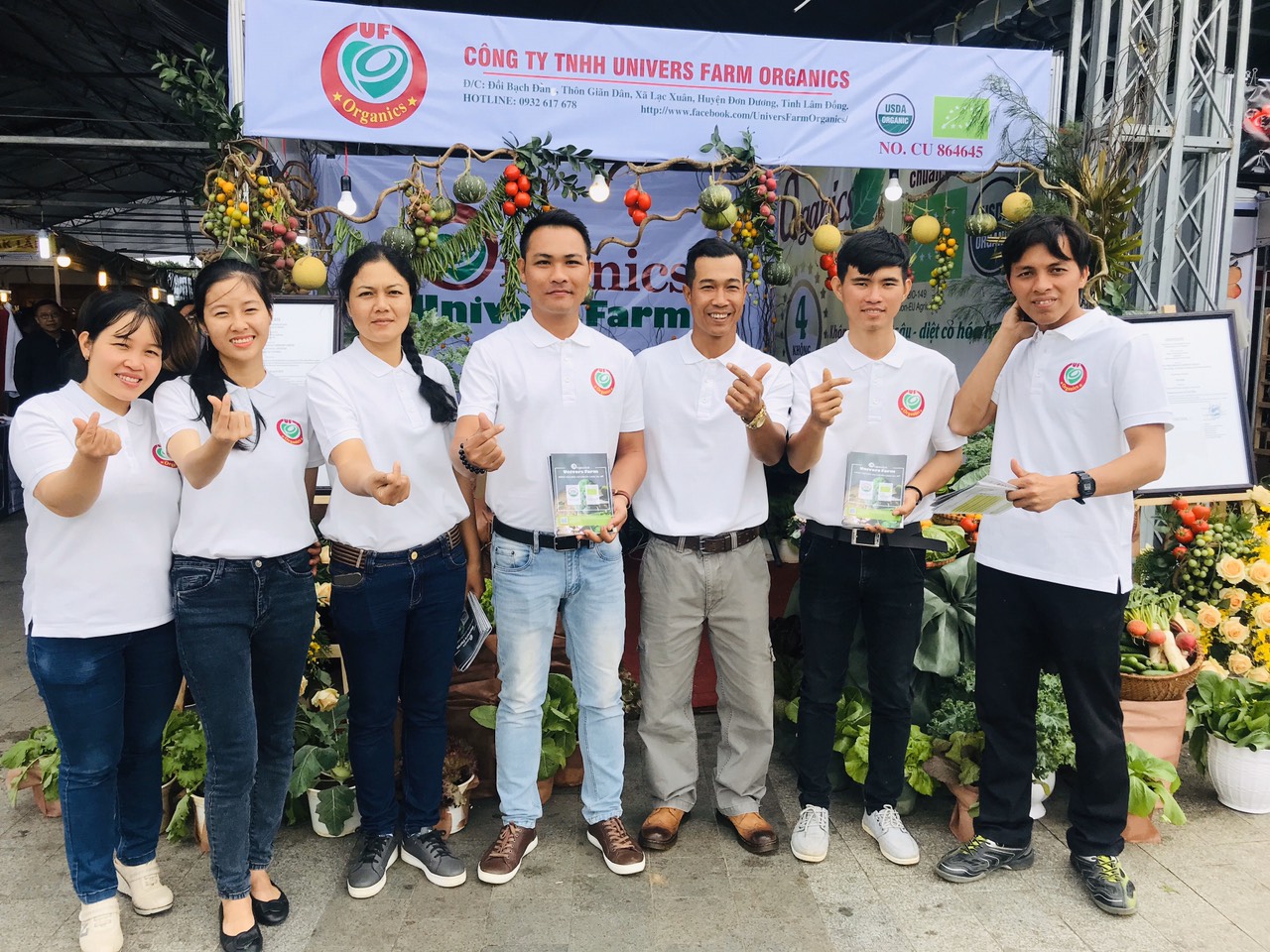
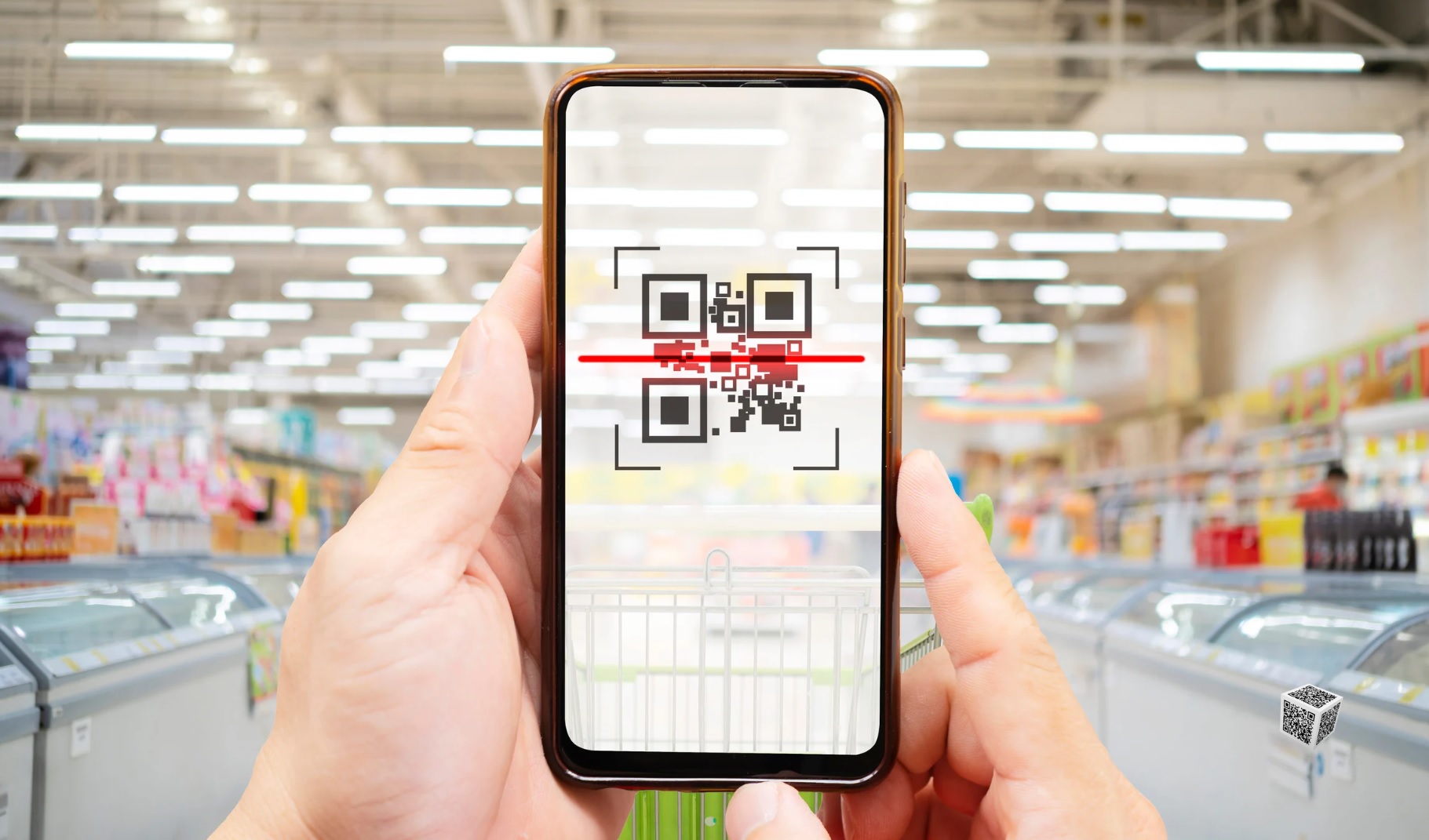
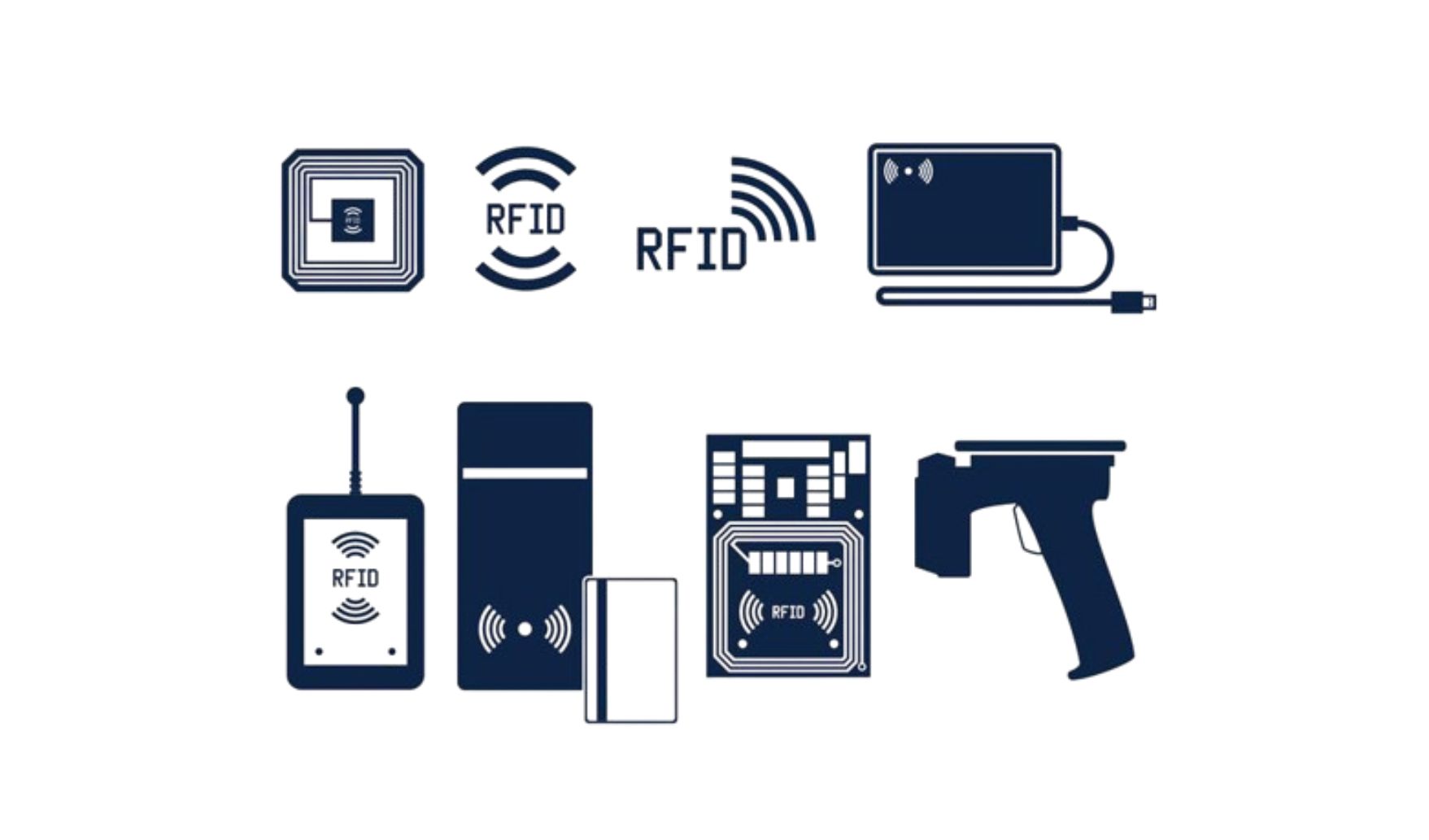
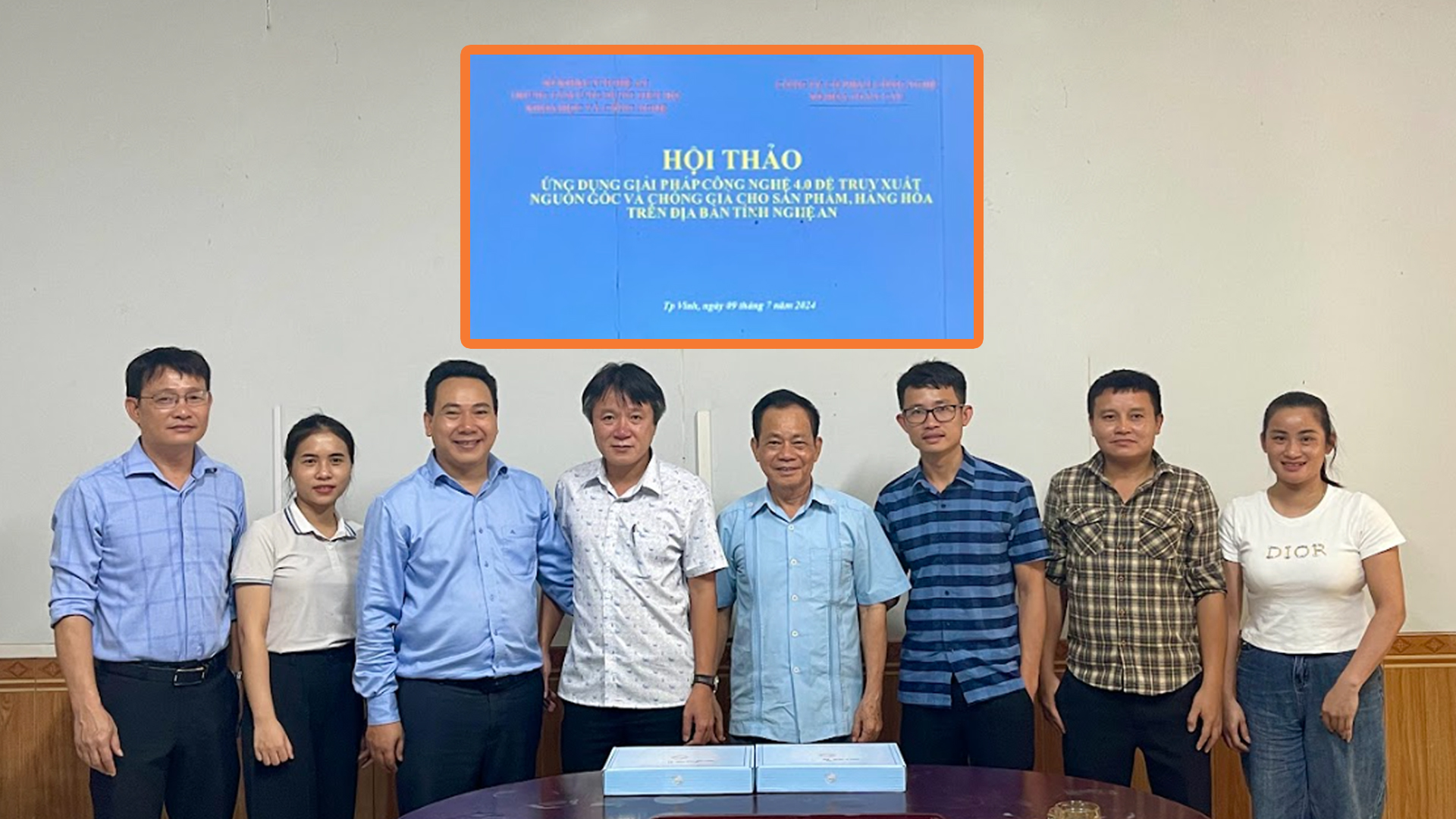
.jpg)
